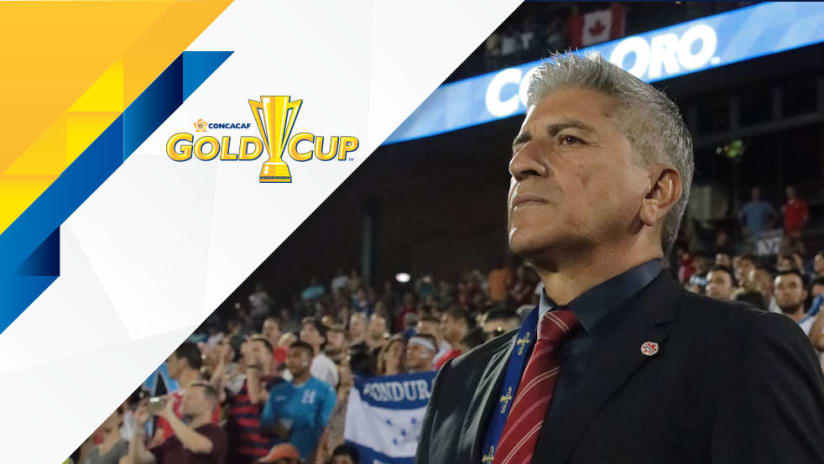Three games, three results, and a ticket back to the knockout stage for the first time since 2009—not a bad CONCACAF Gold Cup debut for Canada manager Octavio Zambrano and his new-look squad.
Friday night’s 0-0 draw with Honduras on the final matchday in Group A was enough to give Canada second place in the group, and a quarterfinal date with the runner-up of Group C on Thursday.
Despite plenty of nervy moments on Friday, and flashbacks to some of Canada’s more agonizing historical results against Los Catrachos, Zambrano’s side has looked more in control of their own destiny during this tournament than most other Canadian squads in recent memory.
It’s all down to a new approach and an injection of fresh talent that’s suddenly made Canada’s quarterfinal showdown, against either Jamaica or El Salvador, into a must-watch for all Gold Cup observers.
Cutting Corners
While Canada ultimately held onto the clean sheet against Honduras, it only came after a pair of goal-line clearances by their defenders. On the first one, Michael Petrasso was in the right position to repel a chested attempt by Alberth Elis, who’d floated past a half-dozen players in red and white.
The moment caused consternation for Canadian fans, as well as an erstwhile member of the national team’s defensive corps:
Zambrano may have been trying a new defensive scheme after conceding goals off of corner kicks to both French Guiana and Costa Rica in earlier group-stage games. Either way, set-piece defending will need to be cleaned up if Canada hope to make it beyond the quarterfinal stage.
Lessons Learned
While the ascension of 16-year-old Alphonso Davies has rightfully made the most headlines during this group stage, the unexpectedly heavy presence of other young players such as Petrasso, Sam Adekugbe and Mark-Anthony Kaye says just as much about Zambrano’s commitment to building a young core ahead of the next cycle of World Cup qualifying.
Those three players—along with Samuel Piette, who’s been turning in some of his best national-team performances as of late—are all 22, and will be hitting the prime of their careers by the time 2022 rolls around. Now, clearly, one good Gold Cup is no guarantee of prominence five years from now.
But Zambrano’s “sink or swim” ethos seems to be giving young players the confidence to go out and make names for themselves, a challenge that will surely be accepted by countless U-23 players watching this tournament from near and far. That can only mean good things for the Canadian player pool going forward.
Here Comes The Cavalry
As if Canada’s attack hasn’t looked dangerous enough already in this tournament, they’re about to regain another crucial weapon: Cyle Larin.
The young striker was left off Canada’s 23-man group-stage roster following his DUI arrest in June. But according to tournament rules, each team can swap up to six players from their provisional 40-man roster onto their squads for the knockout roun. Zambrano has already said Larin would be one of those additions.
But whose place will he take? And how effectively can he be parachuted into Zambrano’s 4-3-3 system, which he’s only previously experienced once (in a June friendly against Curacao)?
With some other familiar faces also available for possible selection, including Will Johnson and Tesho Akindele, Zambrano must now decide how much tweaking to do to a squad that’s already shown lots of chemistry and rhythm at this year’s Gold Cup.













